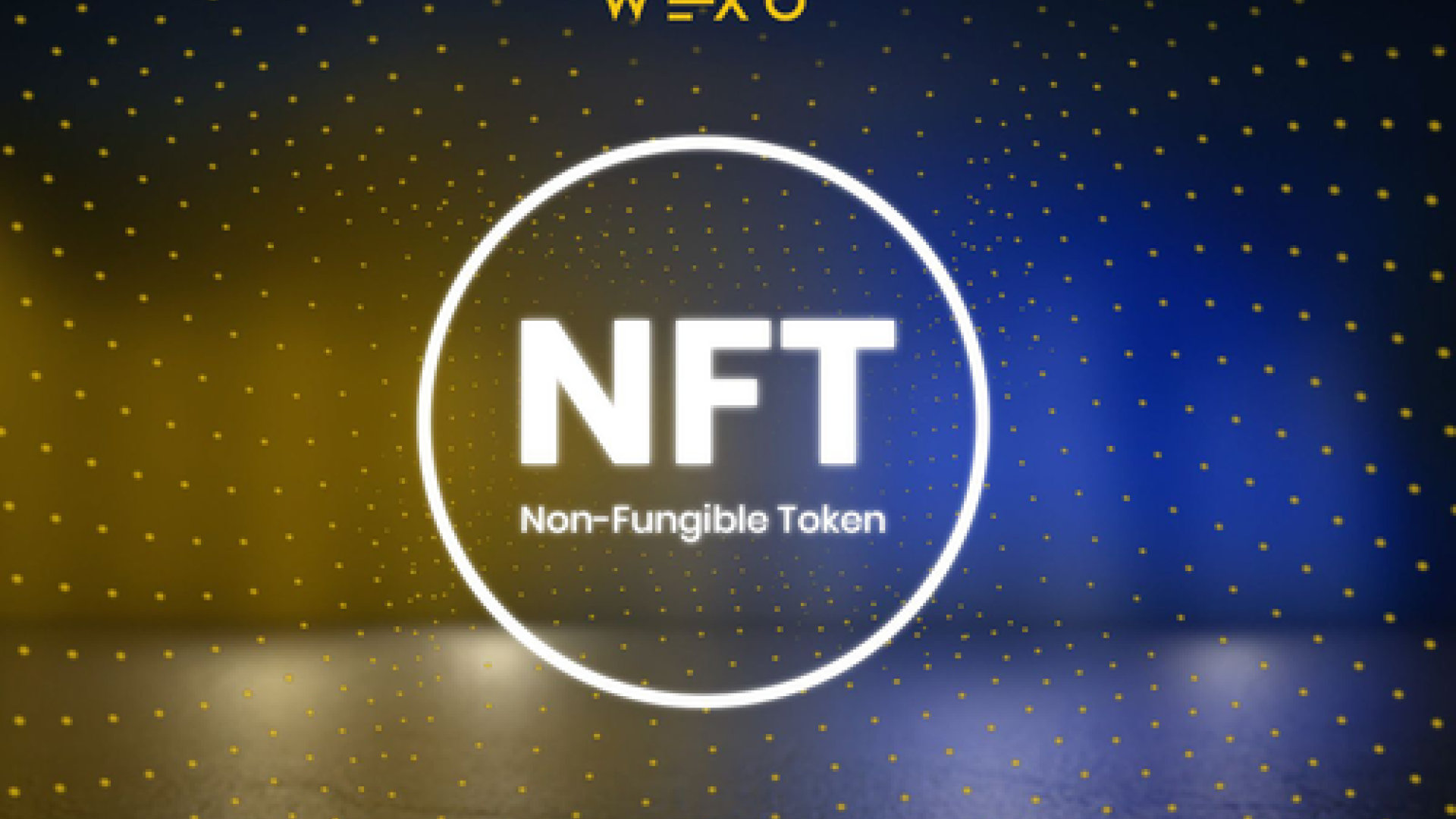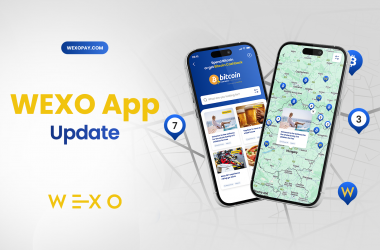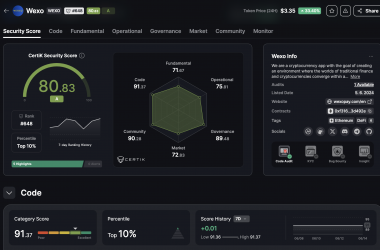
TOP bejegyzések

Wexo Points: Find places where you can pay with Bitcoin (App Up...
Search nearby businesses that accept Bitcoin payments
BővebbenNon-fungible tokens (NFTs) are enjoying an unprecedented boom in 2021. What are NFTs and why are some worth millions?
NFT is short for non-fungible token. In the economy, a fungible (or substitutable) asset is something with units that are relatively easy to exchange - such as money. You can easily exchange a EUR 10 banknote for two EUR 5 banknotes for the same value.
But when something is non-fungible (irreplaceable), it cannot be exchanged for anything else.
A non-fungible asset can be original real estate (a house) or an inimitable painting (the Mona Lisa). Something unique and one of a kind. You can buy a reproduction of the Mona Lisa or photograph a nice house, but there will only be one original forever. NFTs are such a unique asset in the digital world. Whilst they can be bought and traded, they essentially have no material form. It is a digital collector's asset that has the value of a cryptocurrency, as well as a form of art or culture - if art is considered a long-term investment, in the digital world such an investment is an NFT.
Is NFT cryptocurrency?
In February 2021, the singer Grimes sold part of her digital art as NFTs valued at USD 6 million. The famous Nyan Cat meme sold for USD 590,000 that month as a "unique item of cryptoart". What makes NFTs so special is precisely the information that this file stores in itself, which elevates it beyond standard cryptocurrency. Without that, it would be "just" a digital token. NFT types are very diverse. They can be a digital work of art or musical file - virtually anything unique that can be digitally stored and assumed to have value. NFTs are basically like any other physical collector's item, but instead of getting, for example, an oil painting on canvas that you hang on the wall, you get a JPG file. It is probably already clear to you that NFTs are not even a cryptocurrency. The similarity between cryptocurrencies and NFTs ends with both having a digital record stored in a blockchain. However, you can pay for NFTs with a cryptocurrency of your choice. While cryptocurrencies have a monetary value and you can, for example, exchange them for each other, NFTs are rated for their uniqueness and cannot be exchanged for another with the same value.
Who created the first NFT?
This technological phenomenon was first created by digital pioneer Kevin McCoy. He launched the unmistakable "Quantum" token on 3 May 2014, i.e. long before the cryptoart market really took off. Quantum is a pixel image of an octagon filled with circles, arcs, or other shapes that have a common center, with larger shapes surrounding smaller ones and pulsing hypnotically in fluorescent shades. McCoy sold this unique digital work for USD 1.4 million at a digital auction in June 2021.
How do NFTs work?
Traditional works of art (paintings, sculptures) are valuable because they are unique. But it's very easy to make a copy of digital works. By using NFTs, you can "tokenize" a digital work of art to create a digital certificate of ownership that you can buy and sell as you wish. And it works in a similar way to cryptocurrency. The record of who owns a particular NFT is stored in a blockchain. These records cannot be forged because the blockchain is decentralized.
What is the future of NFTs?
The future of NFTs has endless possibilities. This is mainly because an originally artistic experiment - such as the NFT - has gradually become part of the mainstream. 2021 is clear proof of this. Thanks to tokenization, programmability, various collaborations, licensing fees, and an increasingly direct connection between artists and collectors, non-fungible tokens may soon become technology that impacts our daily lives.
Sources: verge.com, foundation.app, scmp.com, blog.portion.io, hyperallergic.com, bbc.com


